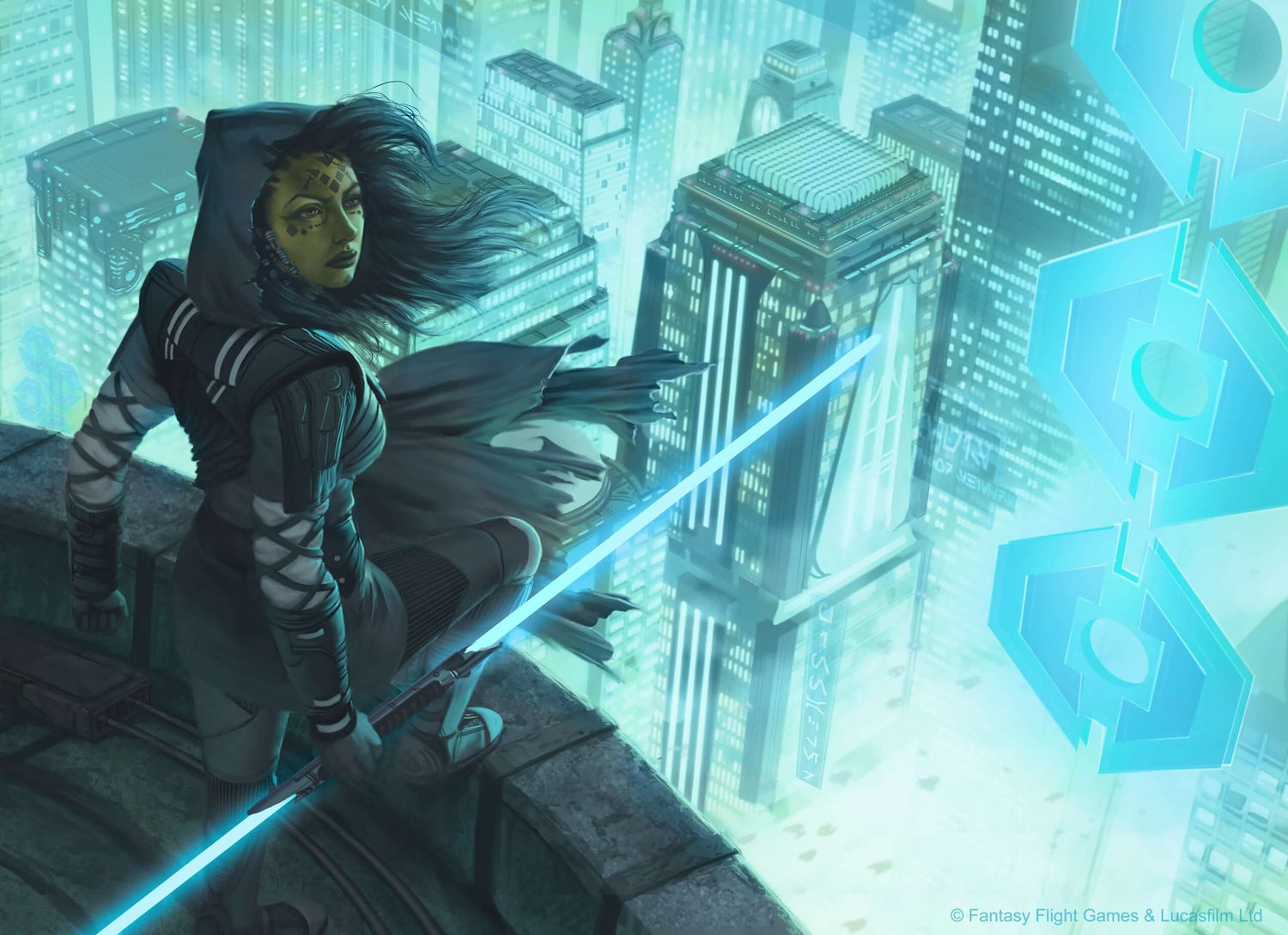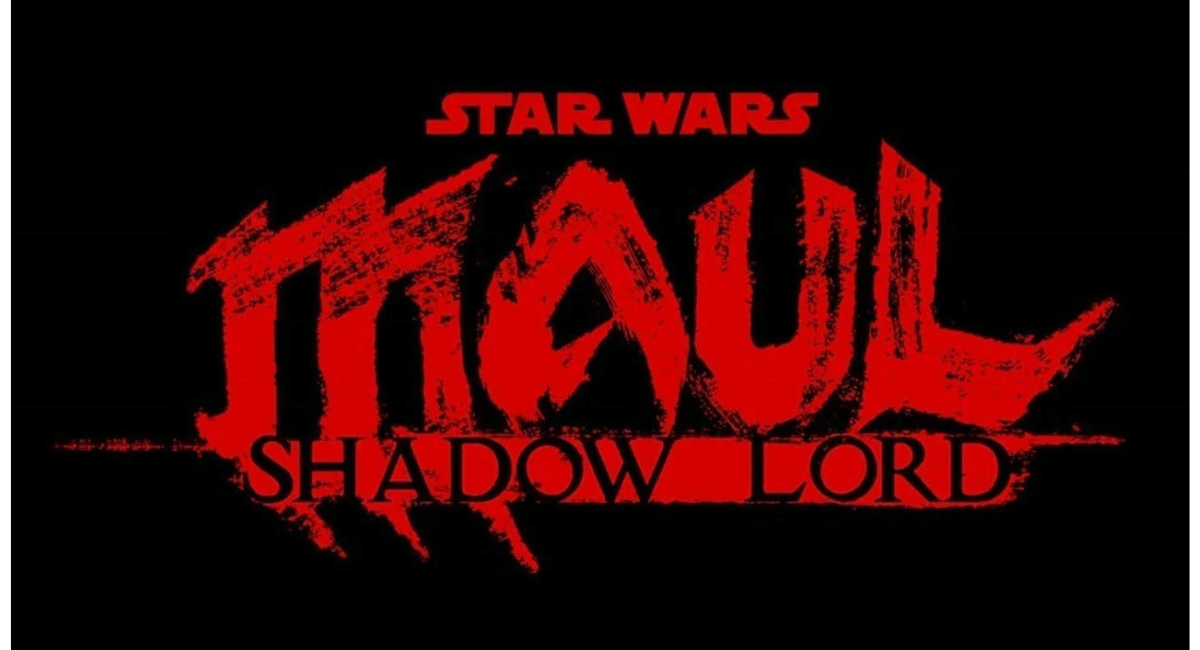What a Lightsaber Can’t Cut
Lightsabers and Their Power
The lightsaber is more than a weapon — it’s a symbol of mastery and balance between the Jedi and the Sith. Its plasma blade, contained within a magnetic field, can cut, melt, or deflect nearly any material. From droids to blast doors, few things can withstand its heat. Yet, several unique substances in the galaxy have proven capable of resisting this legendary weapon.
Materials a Lightsaber Can’t Cut
1. Beskar (Mandalorian Iron)
Beskar, or Mandalorian Iron, is the most famous lightsaber-resistant metal. Forged by Mandalorian smiths, it’s used to craft armor worn by warriors like Din Djarin and Boba Fett. Beskar’s unique molecular structure disperses the energy of a lightsaber strike, allowing it to deflect or withstand blows that would melt other metals. Although not entirely indestructible, it remains one of the toughest materials known to exist.
2. Cortosis
Cortosis doesn’t just resist lightsabers — it disrupts them. When a blade hits cortosis, the weapon can short out temporarily, forcing its wielder to reignite it. Because of this, cortosis is often woven into specialized armor or weapons designed specifically for fighting Jedi and Sith. This property makes it one of the most feared metals in the galaxy.
3. Frick
Frick is a rare metal so durable that it’s almost completely immune to lightsaber energy. Its atomic lattice is nearly impossible to melt, allowing it to shrug off even prolonged lightsaber contact. Used in the construction of elite armor and high-end weapons, Frick is among the rarest and most valuable lightsaber-resistant materials ever discovered.
4. Energy Shields
Not all lightsaber-resistant defenses are solid. Some, like energy shields, create energy fields that repel physical and plasma-based attacks. When powered by rare crystals such as kohlen, these shields can block a lightsaber entirely — though only for a limited time. Prolonged exposure or intense energy surges can eventually break through.
-




